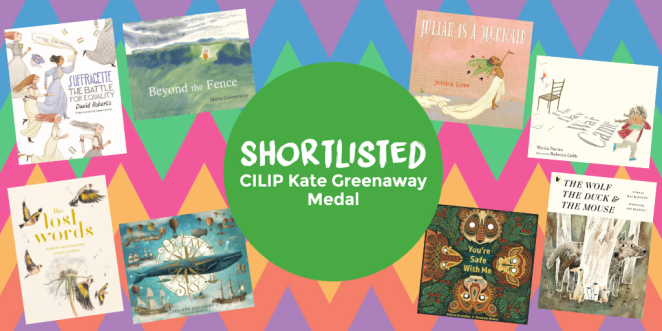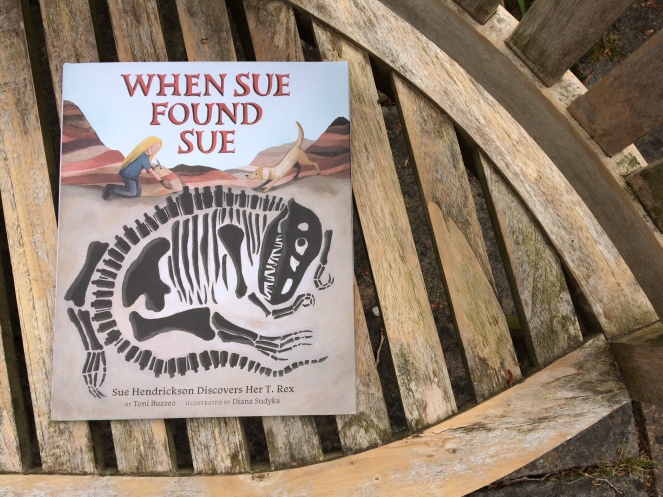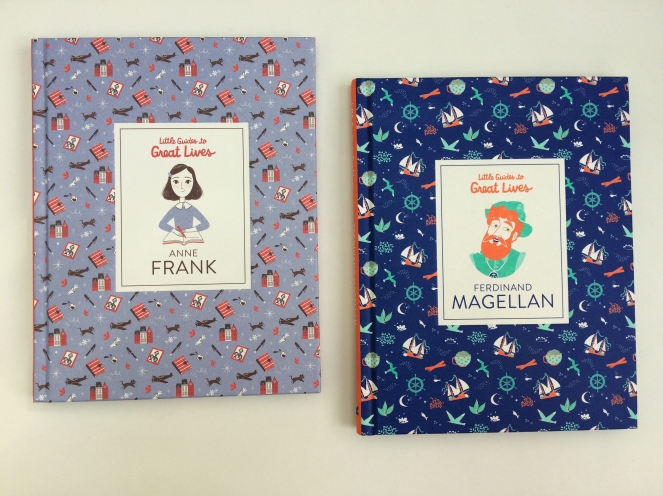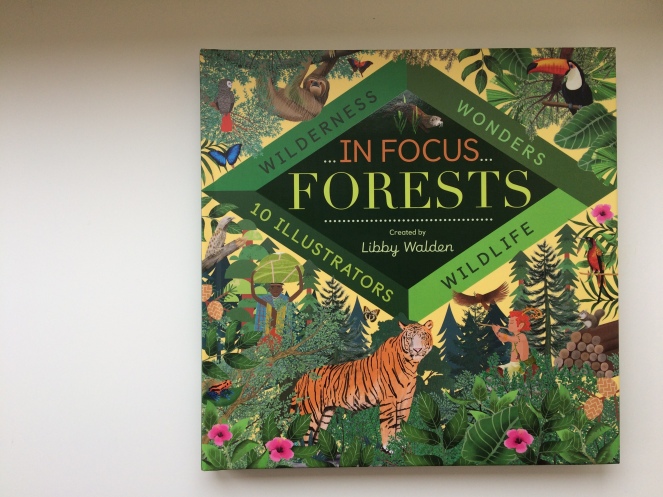Review: Edvard Munch Love And Angst. Edited by Giulia Bartrum.
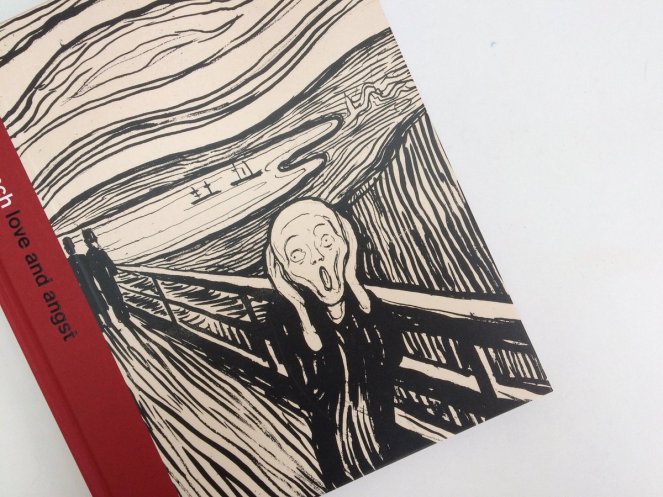
Edvard Munch’s ‘The Scream’ is an iconic image of our era. For the first time ever the British Museum has put together a major exhibition of his work, which is also the largest show of his prints in 45 years. The accompanying book, Edvard Munch Love And Angst, examines the society and times in which his works were produced and how they influenced his work.
Munch grew up in 19th-Century Europe. Industrial advance and high mortality existed hand in hand. Munch’s own sister and mother both died from tuberculosis, which meant he was familiar as a child with blood-stained handkerchiefs and agonizing decline. Great theories about the world were in their infancy, and a sense of the uncanny was born from the possibilities about the world which were opening up but not yet confirmed.
The scene is set in an opening chapter, then Munch’s career is examined in chronological order.
Munch had a conviction from early on that art should show more than the surface. Inner secrets and turmoil were at the heart of his work, and the trauma of watching his mother and sister die from tuberculosis left him with a terrible fear that he too would succumb to the illness. Today such complex grief would be recognised and aided, but Munch’s obsessions are apparent even in work from his later life.
Seeing this collection of images gave me a broader context to ‘The Scream’. Even a person with no interest in art can associate the image with inner-turmoil, but seeing it alongside Munch’s images of sick beds and dying children helps relate that famous image to the time in which it was created. Looking at the full-colour pictures in the book, I got the sense of a time when death was so normal it was continually on the mind.
Another thing the book taught me is the number of mediums Munch worked in. Woodcut, oil, etching and printing are represented among others, and Munch’s experimentation with medium is as fascinating as his subjects and life story. Later chapters are dedicated to his process and I was particularly interested to see different works which had come from the same printing moulds.
Although this book was produced to accompany a museum exhibition, it is possible to appreciate it without attending (and I am now desperate to see the exhibition which runs until 21st July).
A fine study which gets behind the popular image to reveal the human story.
Munch Love And Angst runs at The British Museum from 11th April – 21st July 2019.
Thanks to Thames and Hudson in association with The British Museum for my gifted book. Opinions my own.

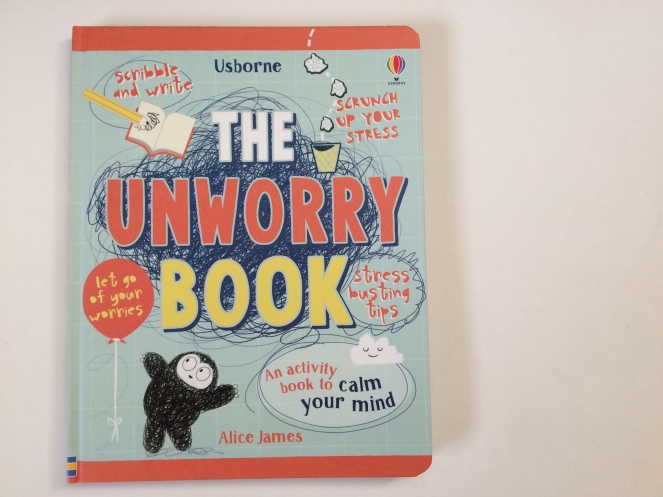

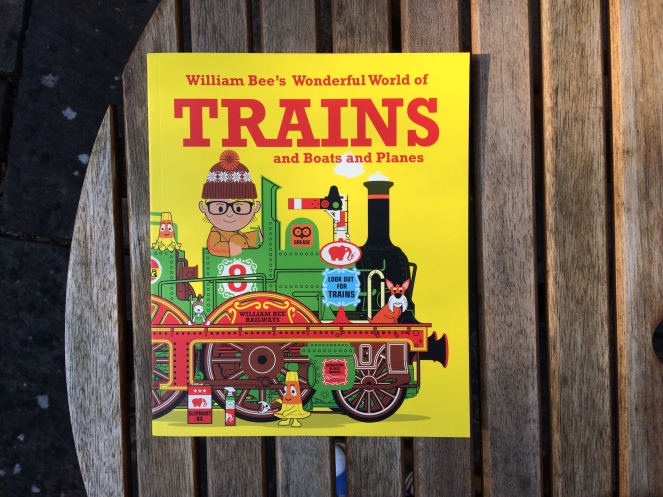

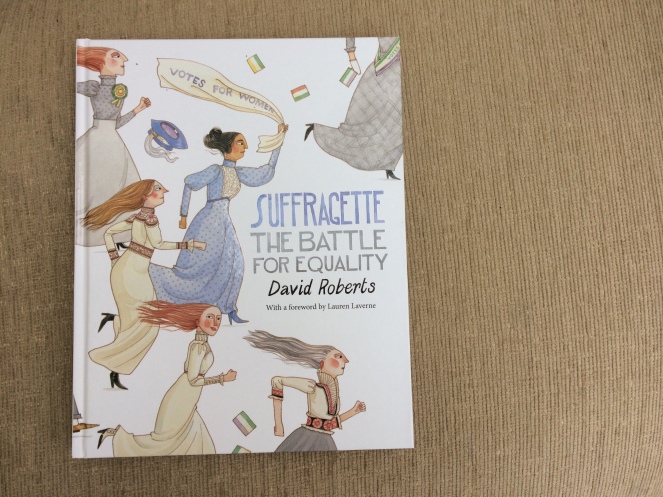
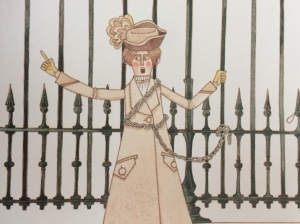 David Robert’s illustrations are filled with character. The people look as if they could march off the pages and enact their stories in front of our eyes. From the Bryant And May match girls, whose faces are full of stoical determination, to the women fending off police officers in the Black Friday protests, the action and facial expressions combine to make the reader feel that history is coming alive.
David Robert’s illustrations are filled with character. The people look as if they could march off the pages and enact their stories in front of our eyes. From the Bryant And May match girls, whose faces are full of stoical determination, to the women fending off police officers in the Black Friday protests, the action and facial expressions combine to make the reader feel that history is coming alive. 